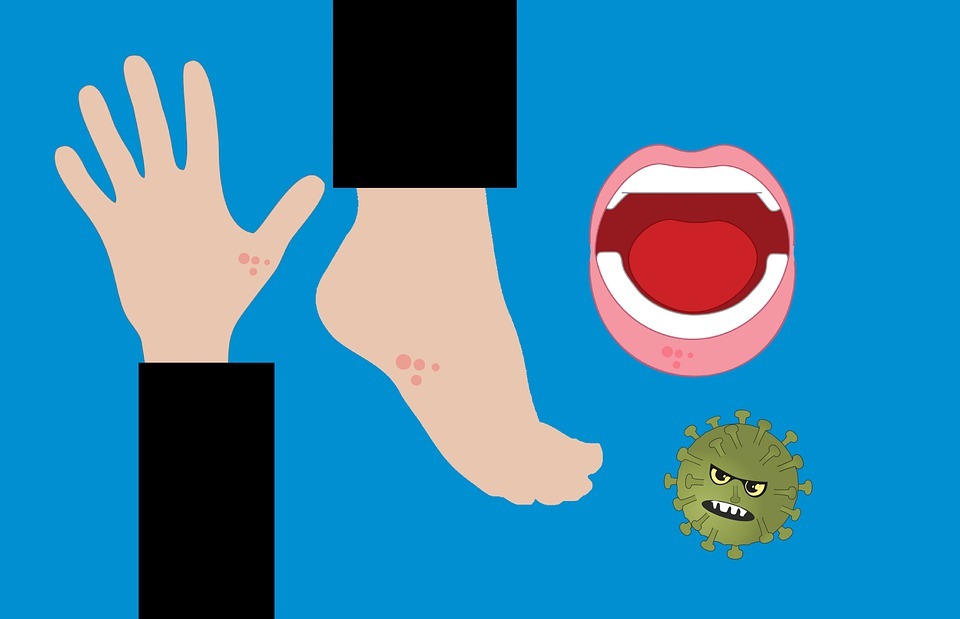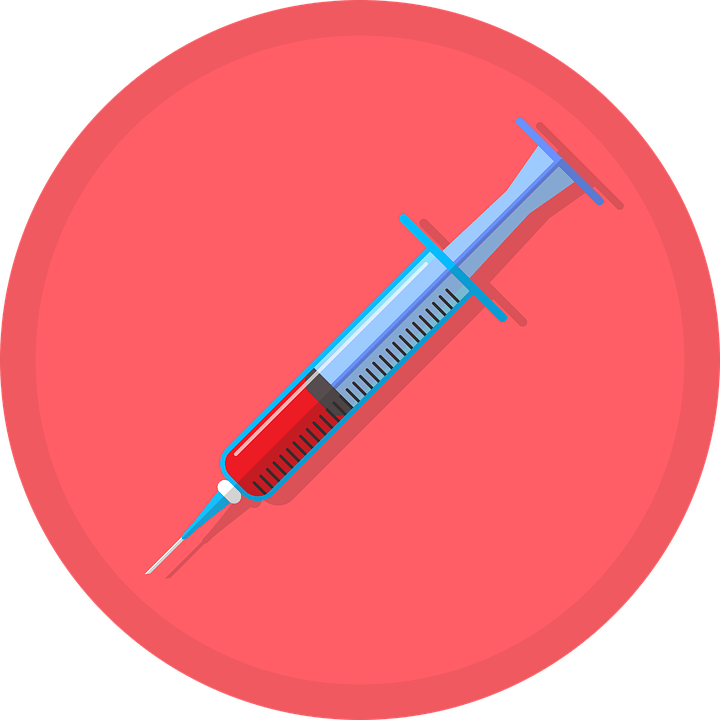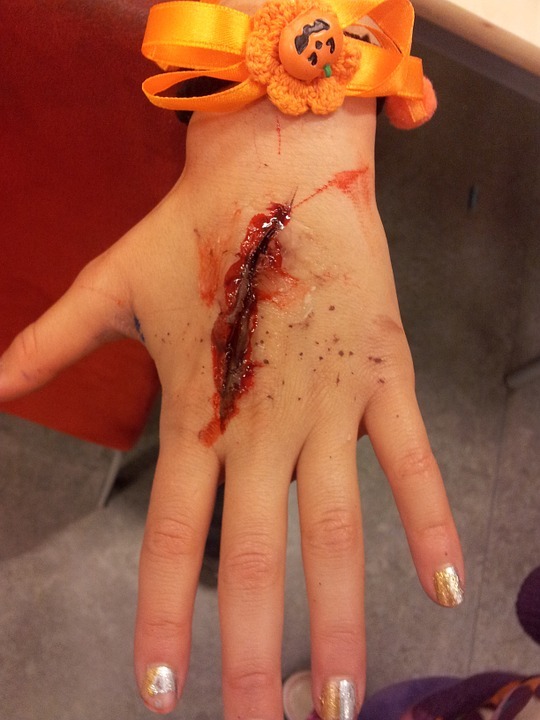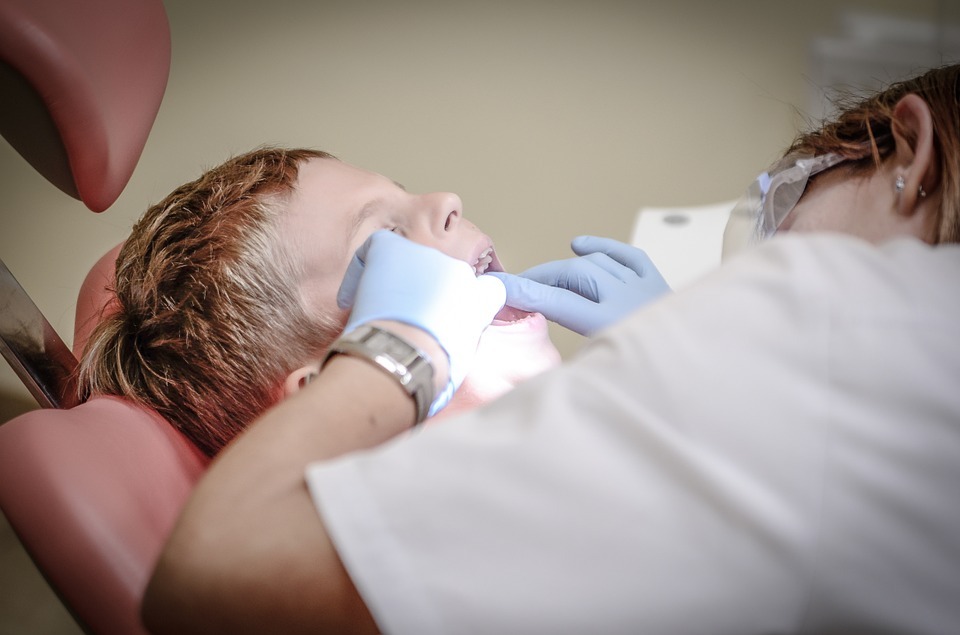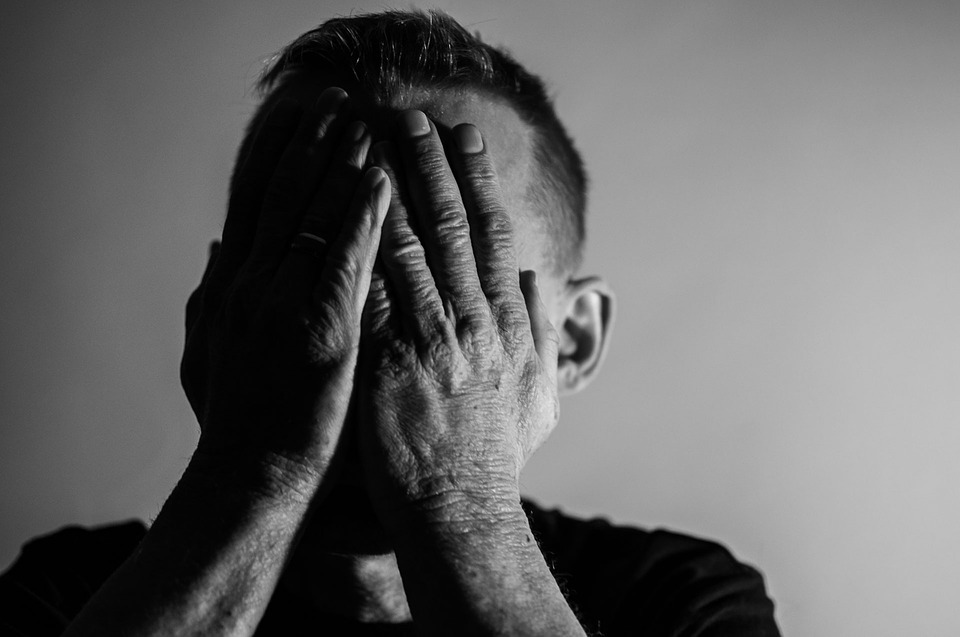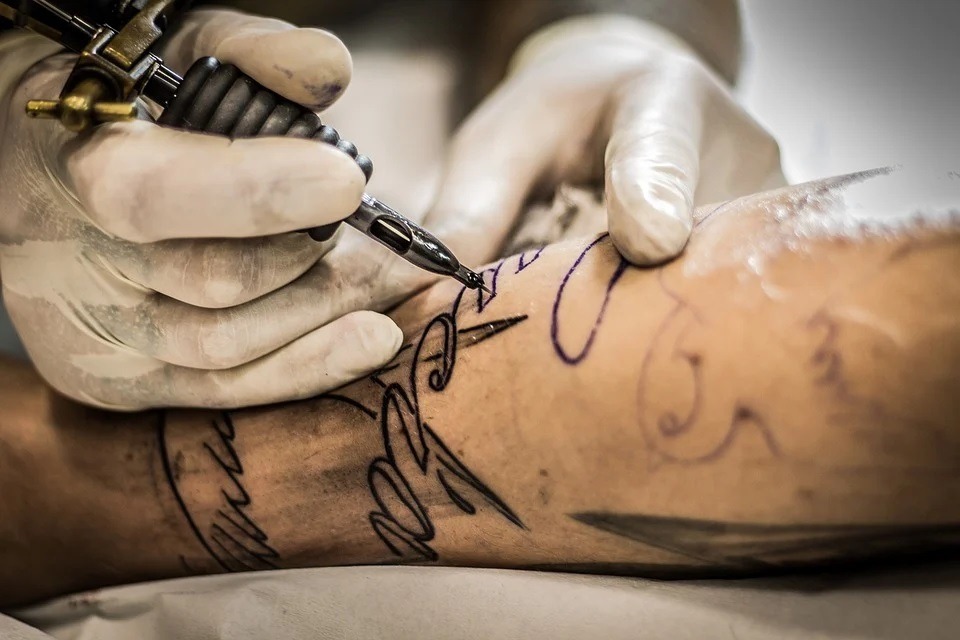Lidocaine is an anesthetic. It is used to trigger a loss of sensation in the skin, usually to provide relief from pain. It is also used during medical procedures as a numbing agent. Lidocaine is available in many ways in the market. The easiest way to use lidocaine for pain relief or numbing is to apply a lidocaine cream. The other methods are lidocaine injections, sprays, gel patches, and liquids. All of the lidocaine ointments can be used by everybody except people with a lidocaine allergy.
Uses of Lidocaine
Before Getting Your Blood Drawn or a Minor Procedure
Lidocaine is very useful when drawing blood, or for small procedures, due to its fast action. Lidocaine starts to come in effect in about 30 seconds, and the numbing sensation lasts about 20 minutes. All you have to do is squeeze out a little cream onto the tip of your finger and gently place it on the area. Do not rub the cream or over-apply the cream and keep the area of application as specific as possible. If the effect of the cream starts to fade by the time your procedure starts, ask a doctor for further instructions.
Applying lidocaine over a large area can cause side effects. Also, do not cover the area where you have applied the cream. If too much lidocaine gets absorbed into the blood, it could create severe allergic reactions inside the body. Its fast action makes lidocaine perfect for procedures like pimple popping and Botox. However, in such cases, lidocaine will be administered to you by syringe.
If you are given a lidocaine patch as a follow-up to the procedure, here’s how to correctly use it. Do not get it wet or use a torn patch. Apply the patch to a clean, dry, and preferably shaved area. Wash your hands before and after applying the patch. Do not wear the patch for more than 12 hours a day. You should frequently change the patch as it will help in quick relief.
When Treating Minor Burns, Scrapes, and Insect Bites
Burns can be extremely painful, especially since there is no immediate way to cure them. Lidocaine is normally applied over such burns to numb the area and provide relief from pain. One of the most common types of itching occurs to the body when any insect bites us. Moreover, minor scratches from hitting objects also have a high probability of occurring.
Here’s how to use lidocaine on small burns.
- Soak the wound in cold water, but don’t use ice. Ice can make the burn worse.
- Take pain medication.
- Apply a lidocaine cream to the burn, mixing it with either Aloe Vera Gel or some other cream.
- Apply an antibiotic ointment and cover the burn with gauze. Do not use cotton balls for application, as the little fibers can get stuck to the burn.
Not only burns, insect bites and scrapes in children can also be treated using lidocaine. However, lidocaine should not be applied to children who are below the age of 3 months. Whether it is used on burns or other comparatively less painful problems, lidocaine should not be used more often than every 3 hours. There should be a maximum of 8 doses, in 24 hours. Excessive usage has a whole list of side effects of lidocaine too.
Here are a few of the most popular brands of lidocaine – Popular Brands of Lidocaine Medicine
During Dental Procedures
Lidocaine is used in both spray and injection forms in dental clinics across the world. While the effects of lidocaine last for up to 30 minutes, dental practitioners usually administer lidocaine with epinephrine. Epinephrine increases the effects of lidocaine and increases the numbing time to up to 3 hours. It also helps reduce bleeding. The reason why many people don’t feel any kind of tooth pain during dental procedures is that Lidocaine is kicking in its action.
The effectiveness of lidocaine is also dependent on the dose it’s given in. Doses of lidocaine differ by the complication of procedures, the area that is required to be numbed, and the number of nerves in the chosen area. For example, a root canal requires a higher dose of lidocaine than a filling does.
Premature Ejaculation
One of the main uses of lidocaine is that it is considered a treatment for premature ejaculation. Many studies have been conducted for this purpose as well which have evidently proven that lidocaine has great benefits for men who suffer from premature ejaculation. The reason behind this is that lidocaine works as a numbing agent very well. It slows down the nerve action and you might not feel sexual arousal too much right away. It will take time for lidocaine’s effect to lower. As a result, the problem of premature ejaculation will be solved.
Usually, one can buy a lidocaine spray from any pharmacy. However, it is advised that you talk to a doctor first so that he can advise you better regarding any concerns. The doctor will guide you regarding the number of sprays you should do considering your situation.
When Treating Sore Throats In Children
A lidocaine spray, gel, or solution is usually prescribed to children, to reduce the pains from sore throats and mouth. These conditions can be born of any infection, such as the flu, cold, or strep throat. Most commonly, lidocaine is prescribed to children that are in chemotherapy and constantly suffer from these conditions. These problems can make it difficult for the children to lead a normal life.
In children, lidocaine is prescribed as lidocaine viscous. This is a thick liquid that should be thoroughly shaken before use. For a sore and irritated mouth, the liquid should be placed in the mouth and swished around until the mouth goes numb. The liquid should then be spitted out. Strict administration of parents or any expert is essential because if the child swallows lidocaine, it could be quite dangerous as well.
For a sore throat, the liquid should be gargled with, and it can then either be spitted out or swallowed. For children under 3, the dose should be applied to the affected area, using a cotton-tipped applicator.
Lidocaine makes you lose feeling in your mouth, as such, you should avoid eating anything until at least 1 hour after application. You should also refrain from chewing gum. If you ever miss a dose, you should skip it and continue the rest of your medication as before. Don’t increase the dose, to make up for a lost dose.
When getting a prescription of lidocaine, tell your pediatrician about any medication, vitamins, and other supplements your child is taking. If after application, your child develops any symptoms like tremors, hives, rashes, vomiting, doubled vision, or shallow breathing, contact your doctor immediately while stopping the dose of lidocaine.
When Getting Tattoos
Lidocaine is the anesthetic of choice when getting tattoos. This is because the constitution of lidocaine ensures that the color, design, and shape of the tattoo will not be altered. At the same time, you will not experience any pain. Lidocaine also stops involuntary movements of the hand, which prevents the tattoo needle from hitting a nerve. You can use either a 2% or 5% gel or cream, and gently apply it into the area at least 30 minutes before getting a tattoo. The tattoo experts can also guide you on the usage of lidocaine.
It is recommended that you rinse the cream off with soap and water 5 minutes after application, and cover the area in saran wrap. Rinsing the cream off helps clean the area for the tattoo ink. The cream has already penetrated the top layer of your skin, so rinsing it off doesn’t affect its numbing.
When Wearing Heels
Women in the fields of business, media, music, and fashion are seen wearing heels all day. Standing on a pointed heel all day causes extreme pain in the feet. Models, actors, and other women apply numbing creams to their feet before long hours of wearing heels. There are several lidocaine creams available in the market. Some of the most common ones are Topricin foot therapy cream, Aspercreme, and Topicaine.
Applying these creams not only prevents pain in the heels but helps relieve, after-effects of wearing heels too. It helps soothe the burning and throbbing nerve pain experienced after wearing heels.
Get to know about some of the best lidocaine creams for instant pain relief – Strongest Lidocaine Cream OTC
Conclusion
While lidocaine is very helpful in providing pain relief and is very easy to use as well, it should always be used with care. Women that are pregnant or breastfeeding should not use lidocaine. If you ever get any form of lidocaine, in your eyes, nose, or mouth, immediately rinse it out and contact a doctor. If you start to experience side effects, call a poison helpline.

